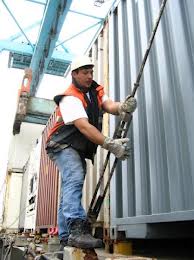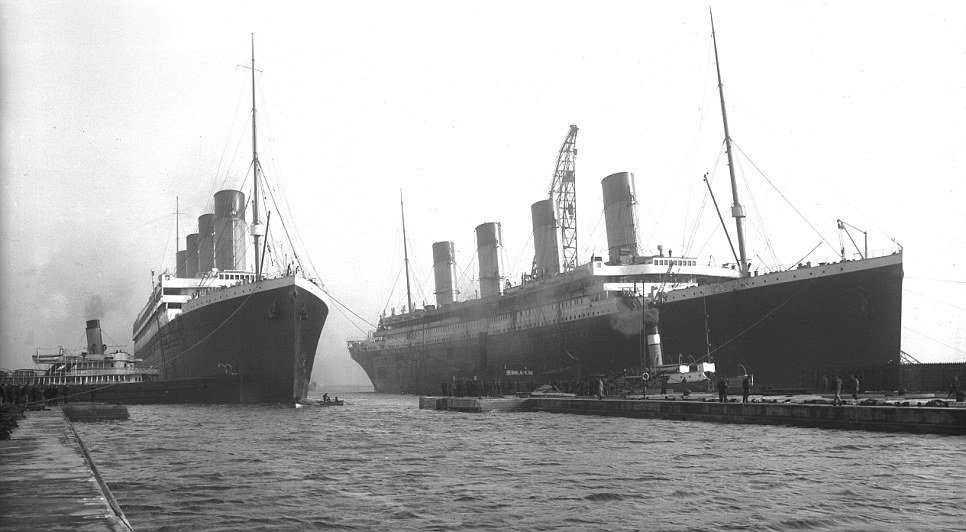

Cargo carriage is an important part of shipping process in the world. A major amount of bulky commodities are shipped by sea in containers. There have been many incidents in the past when cargo was lost in the sea. The reasons have been many like weather, due to economic issues the cargo was not lashed properly as there were not enough crew members on the ship, etc. We cannot control all the damages that happen but we can definitely try to reduce the damage. We will now discuss what the basics of lashing cargo securing are. This will give you a better idea of how this can be achieved and what are the benefits of this.
When you secure a cargo on the ship ensure that they are packed very well and without any space this will ensure that the cargo’s don’t move and cause damage. Heavy goods can trip easily this is exactly why they must be kept tight. Lashing must be done of many units in a block. This will ensure that they are tight and in place. If there are empty spaces between the cargo and the containers in spite of best efforts then filling can be used. Filling is a process y which the empty spaces with air bags, old tyres, etc.
Permanent securing points must be used while transporting the cargo. It will help to secure the items on board. These are mostly used for inland transport. You can also use independent lashing. However, you must keep in mind that the independent lashing is used for designated lashing points.
The lashing must be short for a better hold. If lose it will not be able to hold the cargo in place. It is best to use only one lashing per cargo. If more than one lashing is done then all should have the same strength and elasticity. If the elasticity or strength differs then it will be a problem.
When the lashing is done the crew should ensure that they can inspect the same when they are checking the same they can easily notice if there is a discrepancy. They should also be able to tighten the lashing whenever needed. This is very important.
The best lashing is those that will not let the cargo move even if the ship rolls to thirty degree for thirteen seconds. This is important especially when the ship meets a bad weather condition. Before a storm is expected the lashing must be checked. With new technology some ships are using anti skid boards so that the containers and the cargo don’t slip much when the ship moves.
As per the requirements the lashing must be checked properly at least twice a day. Lashing can be done using ropes, wires, webbing, banding strapping, chains, etc. Now day’s even bottled screw and other patented tensioning devices are also used. Lashing is mostly used in container ships.
Apart from lashing to secure cargo some other method are also used like tomming. This is a method by which a soft wood framework is constructed to chock the cargo against the ship or other cargo’s Binding is also a method that is now largely used. In this what happens is the boxes are stacked in such a way that they form a self locking system. This does not allow them to move easily. The crew is now trained on doing this activity.
Sometime the very heavy cargo is wielded to the ships structure so that they don’t move easily. This is used for huge cargo items that might not be secured with lashing alone. One point that we would like to mention here is that the process to unload the cargo should also be systematic. If not then all this effort of lashing the will go in vain.
These are the various basics of lashing cargo securing that is used in the ships all over the world today for transporting the material. I hope you have got a clear idea of the process and how important the same is for the security of the goods in transport. These simple steps can save a lot of money and make the world trade a smoother process.
Basics Of Lashing Cargo Securing,




